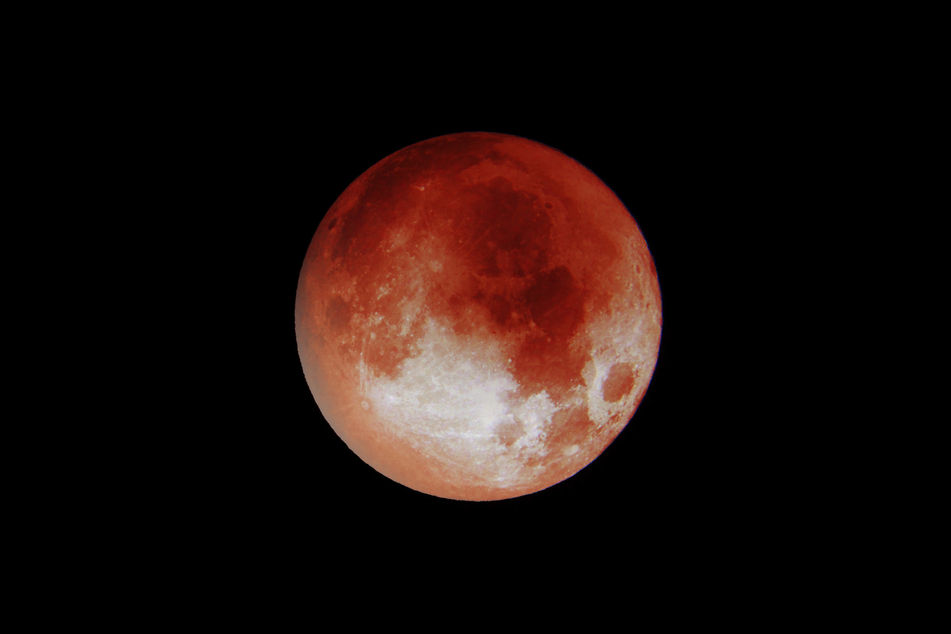Bad moon rusting: scientists are trying to figure out why there's rust on the moon
Honolulu, Hawaii - The moon is rusting! But how on earth could that happen? The airless moon doesn't have the ingredients for rust to develop. It turns out Earth itself might be the answer, according to scientists.

Slowly, but surely, our already 4.5 billion old moon is rusting. Scientists at the University of Hawaii have found a form of the iron oxide hematite (Fe2O3) – a type of rust – on both poles of the celestial body.
Hematite is formed when iron comes into contact with water and oxygen and oxidizes. The moon isn't supposed to have either of these elements.
So how can rust possibly form there? According to a study published on the NASA website, it could be the Earth's fault!
According to the study, the necessary oxygen may come from the upper layers of the Earth's atmosphere. This oxygen, so the theory goes, has been blowing over to the moon for billions of years, with the help of so-called solar winds.
And the water needed for rust? That might come from the fast moving dust particles that constantly pelt the moon. These could be releasing water molecules that are on the surface or in the dust itself. These elements then mix with the moon's rock dust and becomes rust.
To test the rust we have to go back to the moon
So far, however, scientists have only visual proof that iron oxide exists on the lunar surface.
The Hawaiian researchers analyzed the light radiation reflected by our moon. They discovered the rust with the help of the NASA Moon Mineralogy Mapper (M3).
They also found that there is more rust on the side of the moon facing us than on the side facing away from us. This suggests that the rust has something to do with the Earth.
But to get more than just optical information about this rusty dust, we would have to go to the moon and collect samples from the surface. Maybe now it's finally time to fly back. No one has been bounding around up there for 50 years, since the last manned moon landing of Apollo 17 in 1972.
Cover photo: Christoph Lischetzki/123RF
